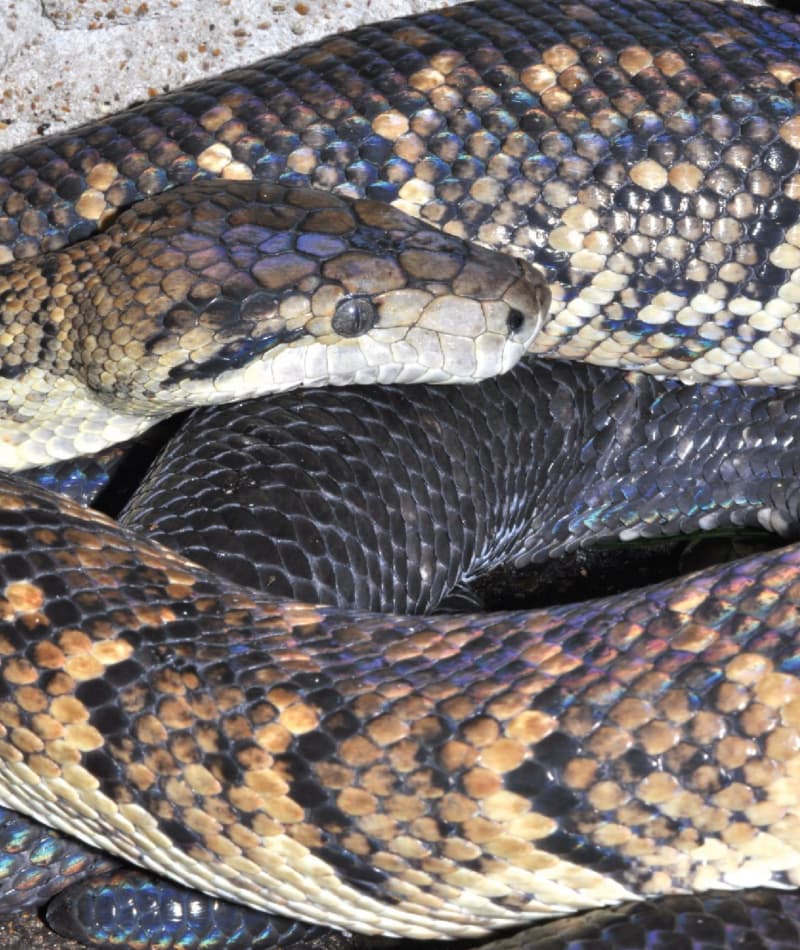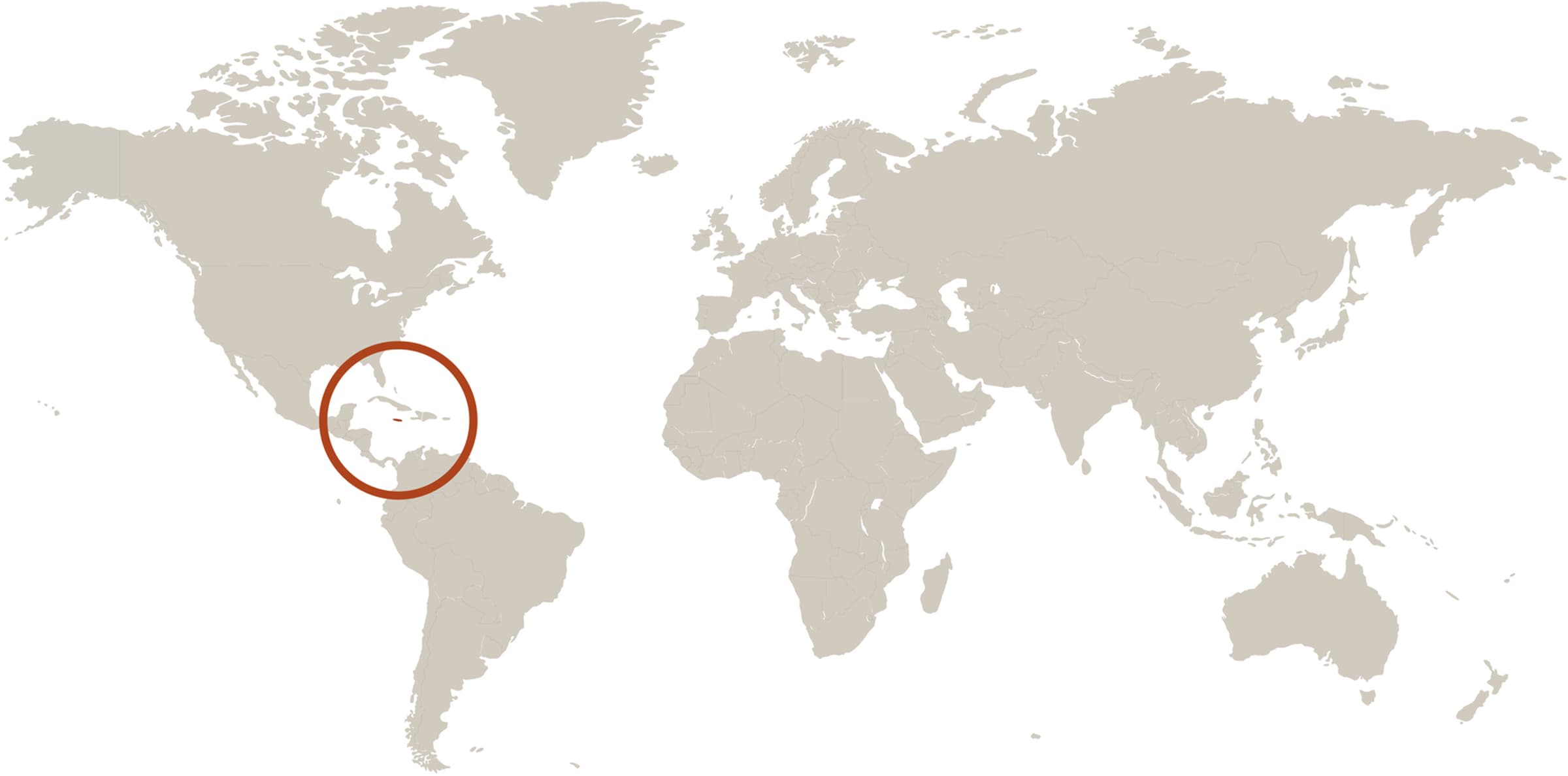
Jamaican Boa
Epicrates subflavus
Did you know?
- Jamaican boas are part of the Boidae family, which they share with other boas.
- They live in a variety of habitats in Jamaica.
- They are the largest terrestrial predator endemic to Jamaica.
- They are arboreal.
- They are ambush predators.
Adaptations
Jamaican boas are large predators, and adults can grow to be over seven feet long. They are not venomous, but they are extremely strong and able to constrict their prey by coiling around them and tightening their body. Their dark black and brown coloration helps them camouflage in dense vegetation and in trees, where they often wait to ambush passing prey. They thrive in a variety of habitats, including caves!
Boas
Jamaican boas are a subspecies of boa snakes. Boas, like pythons, constrict their prey by wrapping around them and squeezing them until they suffocate. Boas have two lungs and the rudiments of hind legs. For these reasons, it is believe they are primitive snakes. They also give birth to live young.
Threat Level
- Unknown
- Common
- Near Threatened
- Threatened
- Endangered
- Critically Endangered
- Extinct in the Wild
Threatened
The Jamaican Boa faces a high risk of extinction in the wild.
Range
Jamaica
Habitat
Forests, wetlands, plantations

We care about Jamaican Boas
Once common in many areas of Jamaica, the wild population of Jamaican boas has been slowly declining since colonization by Europeans. Habitat alteration and predation by introduced mammals have had the greatest impact on boa populations. In addition, they often fall prey to field workers of banana plantations.
The Saint Louis Zoo participates in the Association of Zoos and Aquariums' Species Survival Program for Jamaican boas. We support this species in the Charles H. Hoessle Herpetarium at the Zoo. Learn more about how we are helping wildlife around the world.
Find this animal in Historic Hill

SAINT LOUIS ZOO ZONE
Historic Hill
Historic Hill is a lovely stroll through one of the oldest parts of the Saint Louis Zoo. From the 1904 World’s Fair Flight Cage to the Spanish architectural flavor of the 1920s in the Bird House, Primate House and Herpetarium to the finishing touches of our thoroughly modern exhibits, this area of the Zoo has a unique ambiance and a nostalgic history that make it a great destination.

